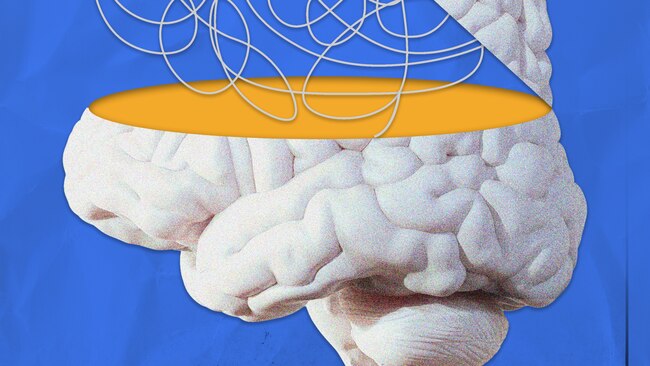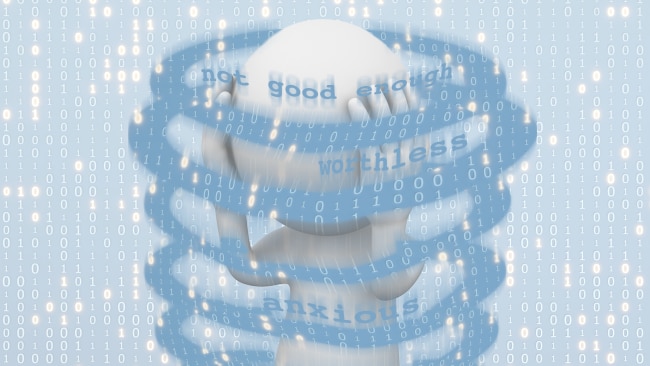Young and very unwell, what is going on?
Anxiety was the most common ailment, followed by depression and substance use disorders.

Anxiety was the most common ailment, followed by depression and substance use disorders.
The mental health of young Australians is in freefall, particularly young women, new data shows, with almost one in two females aged 16-24 having experienced a mental health condition in the last 12 months.
Just under 40% of 16-24 year-old Australians, 1.1 million people, reported having a mental disorder in 2020-21, far higher than the overall proportion of 21.4%for all Australian adults, a landmark new report by the Australian Bureau of Statistics reveals.
But for younger women the picture is especially grim, the ABS National Study of Mental Health and Wellbeing, the first comprehensive audit of the nation’s mental health for 15 years, reveals.
Over 46% of females reported some form of mental condition within the 12 months of 2020-21, compared to 31% for males.
More than four in ten 16-24 year-old females in Australia reported an anxiety condition such as social phobia or panic disorder in that period, around twice the rate as males of the same age.
And while overall one in seven 16-24 year-olds overall reported having an affective disorder such as depression or bipolar, this rose to almost one in five for women across the year.
The survey of 5,500 households across Australia paints an overall picture of mental health broadly similar to 2007 when the last National Study of Mental Health and Wellbeing was conducted. Fifteen years ago 20% of Australians reported having had a mental health condition in the previous 12 months, a number that now sits at 21.5%, or 4.2 million people.
But the big shift has been in the young. In 2007, 26% of 16-24 year-olds had a mental health condition, compared to 39.6% in 2020-21.
“This has been a trend causing concern in many countries,” Australia’s deputy chief medical officer for mental health Ruth Vine said.
“There has been increasing levels of distress and anxiety in this cohort that predated Covid, but it has likely been exacerbated by Covid, with issues such as disrupted schooling.” Dr Vine said.
“Social media is another consideration. It can be good in terms of connection but can also be a harm if it‘s leading to harassing behaviours.
“And young people are worried about global concerns as well,” Dr Vine said
The study covers lifetime mental health, noting that 44% of Australians aged between 16 and 85, more than 8.5 million, have experienced a mental disorder at some time in their life.
In 2020-21 it was just over one in five, or 4.2 million people, ABS head of health and disability statistics Linda Fardell said.
“Anxiety was the most common group of mental disorders - 16.8% of all Australians had an anxiety disorder, 7.5% had an affective disorder such as depression, while 3.3% had a substance use disorder.”
The study also notes how people are trying to manage their mental health.
“Some 17.5% (3.4 million) of Australians had at least one consultation with a health professional for their mental health in 2020-21,” Ms Fardell said. “General practitioners were the most common type of health professional consulted.”
Over 850,000 Australians accessed at least one digital service such as a crisis support line or counselling service for their mental health.
Women are more likely to seek support, the data shows, with more than one in five (22.8%) seeing a health professional for their mental health compared with one in eight (12.2%) for males.



